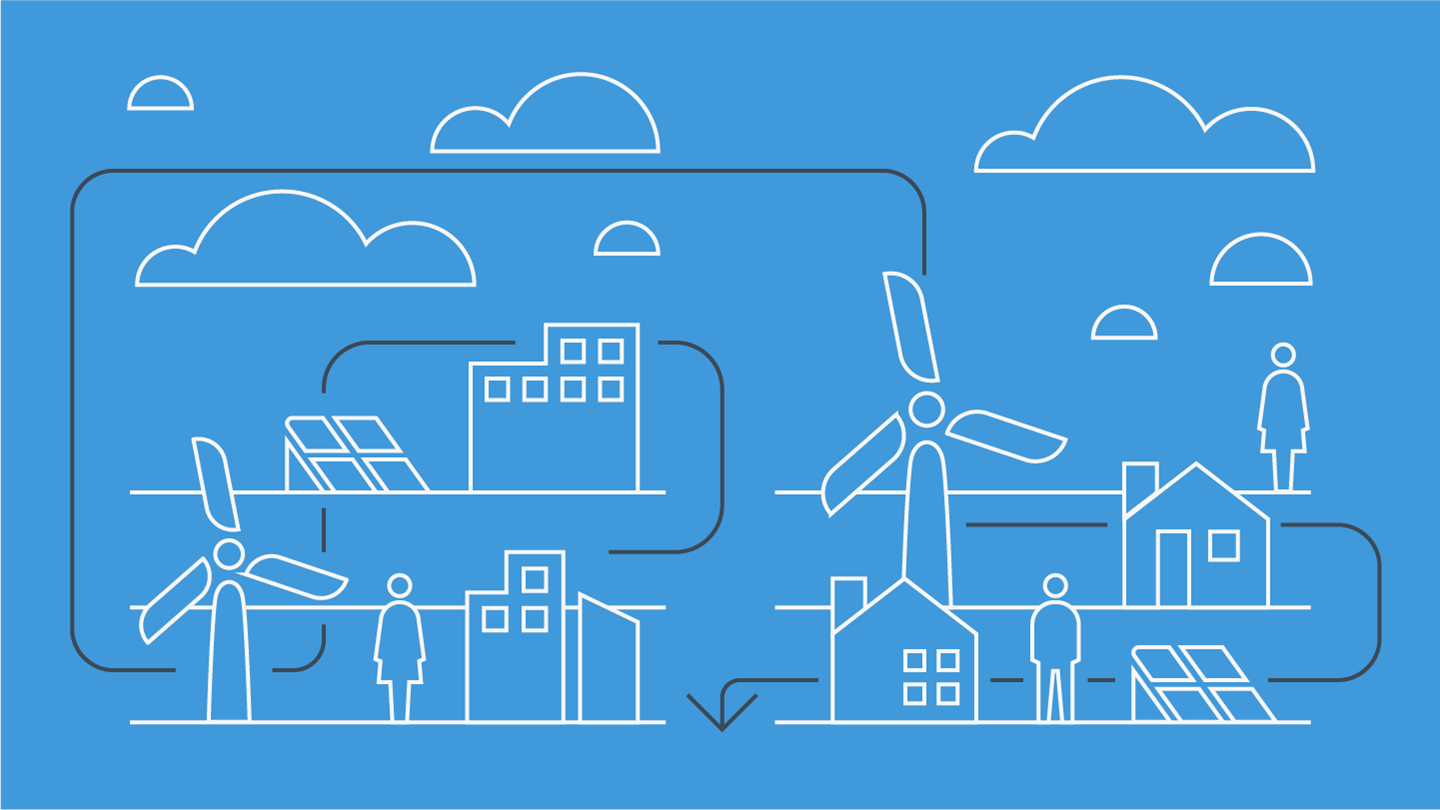Generating power with energy sources like offshore wind emits 99% less greenhouse gases than using coal-fired power stations. The transition to green energy is the most significant way to cut global emissions and avert climate breakdown – and it’s the key to a secure, reliable energy supply. Let’s do it now.
We need to build green energy RIGHT
The transition to green energy can achieve even more than reducing emissions. If we work together to build it in the right way, green energy can help create a more just and prosperous world, generating benefits for nature, society, and the economy.



